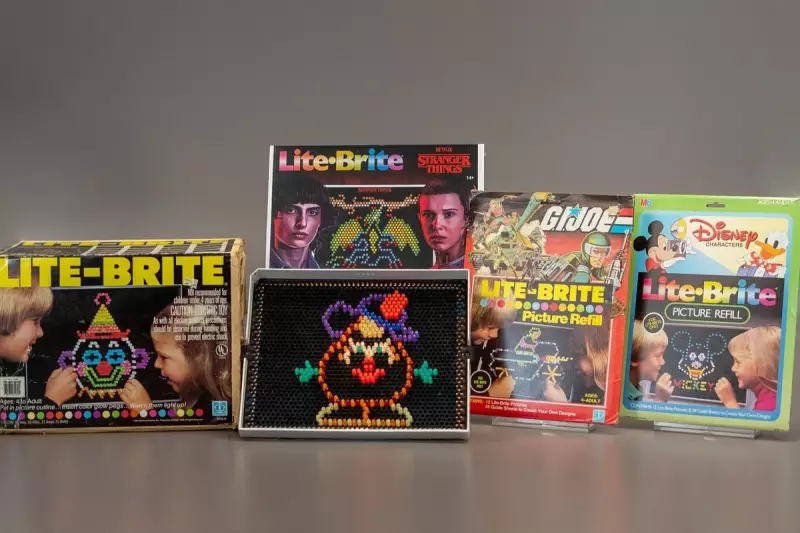
The man who brought joy to millions of children across the globe, inventor Burt Meyer, has died at the remarkable age of 99. Meyer was the creative force behind some of the most beloved and iconic toys of the 20th century.
The Life of a Toy King
Burt Meyer passed away on October 30, as confirmed by Rebecca Mathis, the executive director of his retirement community in Illinois. Born in 1926 in Illinois, his path to toymaking was unconventional. He first served his country, enlisting in the Navy for two years where he worked as an aircraft mechanic.
His prolific career in play began when he joined Marvin Glass & Associates, a legendary Chicago toy studio. It was here that his most famous inventions were born, shaping the childhoods of generations.
Creating Iconic Toys
The spark for one of his greatest hits, Lite-Brite, came in 1966 during a walk in Manhattan with his boss, Marvin Glass. The pair saw a window display filled with hundreds of coloured lights, inspiring Meyer. Despite engineers at the company doubting that electric lights could be made safe for children, Meyer was insistent.
According to Tim Walsh, who interviewed Meyer for his 2005 book, Meyer's genius was in execution. He created a final, creative solution: a small, backlit box with black paper sheets that allowed children to create their own illuminated patterns. This simple yet brilliant idea made Lite-Brite an instant hit, earning a place on Time Magazine's list of the 100 greatest toys and in the Strong National Museum of Play's hall of fame. New versions are still sold today.
Meyer displayed the same innovative problem-solving with Rock 'Em Sock 'Em Robots. The design team was working on adapting a bulky boxing arcade game for home use, but development stalled after a real-life tragedy involving a featherweight boxer. Company leaders feared a boxing toy would be unmarketable.
Meyer, however, saw the potential. In a 2010 interview, he recalled saying, 'This is too good to pass up. Let's take it away from humanity, let's make it robots. And we won't have them fall over, we'll have something funny happen.' The result was the classic game where players control robot fighters with joysticks, winning by popping the opponent's spring-loaded head. The toy's cultural impact was so significant it featured in Toy Story 2, and Mattel announced plans for a live-action movie in 2021.
His portfolio of classic games also included the wonderfully elaborate Mouse Trap board game, beloved by many generations of children.
A Lasting Legacy of Joy
In the mid-1980s, Meyer launched his own firm, Meyer/Glass Design, which continued to produce best-sellers like the quirky game Gooey Louie and Pretty Pretty Princess. His son, Steve Meyer, ran the business until 2006.
Steve Meyer told the Chicago Sun-Times that his father was immensely proud of the happiness his creations brought. 'He was very happy and pleased with Lite-Brite and how it brought joy to people,' he said. 'That's what his life was about, bringing joy to the world.'
Meyer often drew parallels between his time in aerospace and his career in toys, emphasising that both required ingenuity and teamwork. He credited the highly collaborative environment at Marvin Glass & Associates for their success. His passion for his work was undeniable; his car even bore the vanity plate TOYKING.
He is survived by three children, six grandchildren, and six great-grandchildren, leaving behind a legacy defined by creativity and the simple, universal goal of bringing delight to others.





